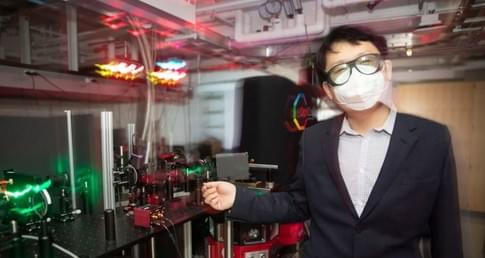Chemical biology professor, Suyang Xu, works to crack the secrets of new states of matter.
Throughout human history, most of our efforts to store information, from knots and oracle bones to bamboo markings and the written word, boil down to two techniques: using characters or shapes to represent information. Today, huge amounts of information are stored on silicon wafers with zeros and ones, but a new material at the border of quantum chemistry and quantum physics could enable vast improvements in storage.
Suyang Xu, assistant professor of chemical biology, is tying quantum mechanical “knots” in topological materials, which may be the key to unlocking the potential of quantum technologies to store and process vast arrays of information and bring game-changing advances in a variety of fields.
“Imagine a rope identified by a number of knots,” Xu said. “No matter how much the shape of the rope is changed, the number of knots — known as the topological number — cannot be changed without altering its fundamental identity by adding or undoing knots.” It is this robustness that potentially makes topological materials particularly useful.










Comments are closed.